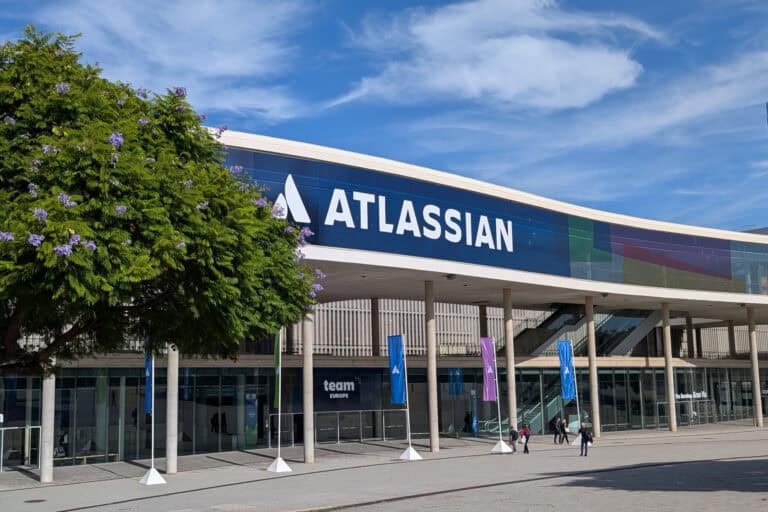Atlassian is making Rovo available to all paying customers and adds new AI agents that automate tasks. The AI assistant now works in more apps and has personal memory. For non-Atlassian users, there will be a standalone version available for five dollars per month.
Rovo AI has been one of Atlassian’s main priorities for quite some time, alongside making as many apps as possible available in multiple so-called Collections. During its annual Team event, the company announced the necessary updates for Rovo. We have listed them below. All paying cloud customers now have access to the AI assistant, from Enterprise to Standard subscriptions.
The company says that AI usage has more than doubled since its introduction. That’s not really surprising, because Atlassian gives it away for free to customers. That more or less forces people to use it. As long as customers are happy with this, we don’t see any problem with it, but it does give some insight into the adoption figures for Rovo AI.
Rovo Search, Chat, and Studio
Atlassian wants to help customers in multiple ways with Rovo AI. There is Rovo Search, Rovo Chat, and Rovo Studio. Today, these three areas are naturally linked to a growing range of AI agents. The search function searches more than 50 connected apps, from Jira and Confluence to external tools. The chat function uses company data to answer questions. In Rovo Studio, teams can build their own agents. This is done in plain language, without programming.
One of the most important updates in the field of enterprise search is that Rovo Search is becoming the standard in Jira. The search function automatically suggests relevant issues and projects, combining internal and external data. According to Atlassian, this should save organizations a lot of time.
With more than fifty connectors, Rovo extracts data from many common business tools, from Google Drive to GitHub repositories. If you want to build your own connector, you can.
Available everywhere
Other news about Rovo AI is that it will become more widely available. That is to say, Rovo Desktop and Mobile are coming soon. This will allow users to use it on the go. Furthermore, the AI assistant no longer only works in Jira, Confluence, and Jira Service Management, but also in Focus, Bitbucket, Home, Talent, and Jira Product Discovery. You can also use it in external apps via a browser extension.
Looking at Chat, Canvas adds a new way of collaborating. Teams can work together with AI to develop and refine ideas. Personal memory ensures that Rovo learns from previous conversations and adapts to working styles.
Challenge for competitors
With today’s announcements, Atlassian is emphatically shaping its own ambitions. These may not be the most groundbreaking applications of AI. However, the updates announced today are potentially very valuable for organizations in the Atlassian ecosystem (and to a certain extent also for organizations that are not part of it). The fact that Atlassian can link AI to an existing range of widely used apps makes it quite powerful. The fact that it basically charges nothing extra for the use of Rovo AI also helps, of course.
With the enthusiasm for AI among organizations cooling off somewhat, as we are seeing here and there, it could well be that Atlassian’s approach, which is not particularly exciting but is realistic, will ensure that the advance of AI within organizations continues as normal. Because as far as we are concerned, one thing is certain: organizations are going to use AI more and more anyway (and are often already doing so much more than they realize).
At Atlassian, AI is all about “AI that really helps.” It may be able to deliver on that promise in the near future. The ingredients: good integration, practical applications, and broad availability. Now it remains to be seen whether teams will actually become more productive as a result. That is still not the case.
Read also: Atlassian’s System of Work vision takes shape with Teamwork Collection and Rovo AI Agents
